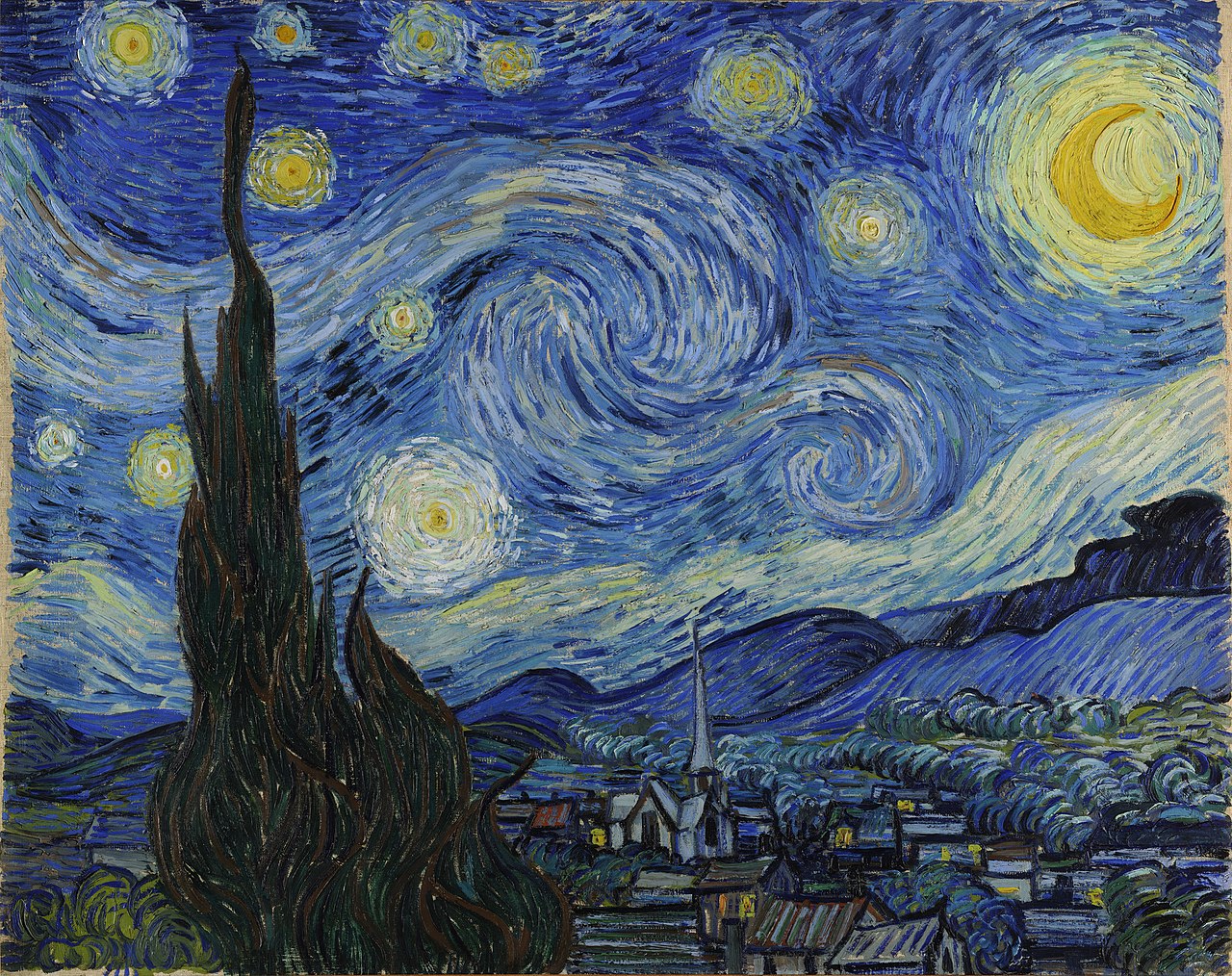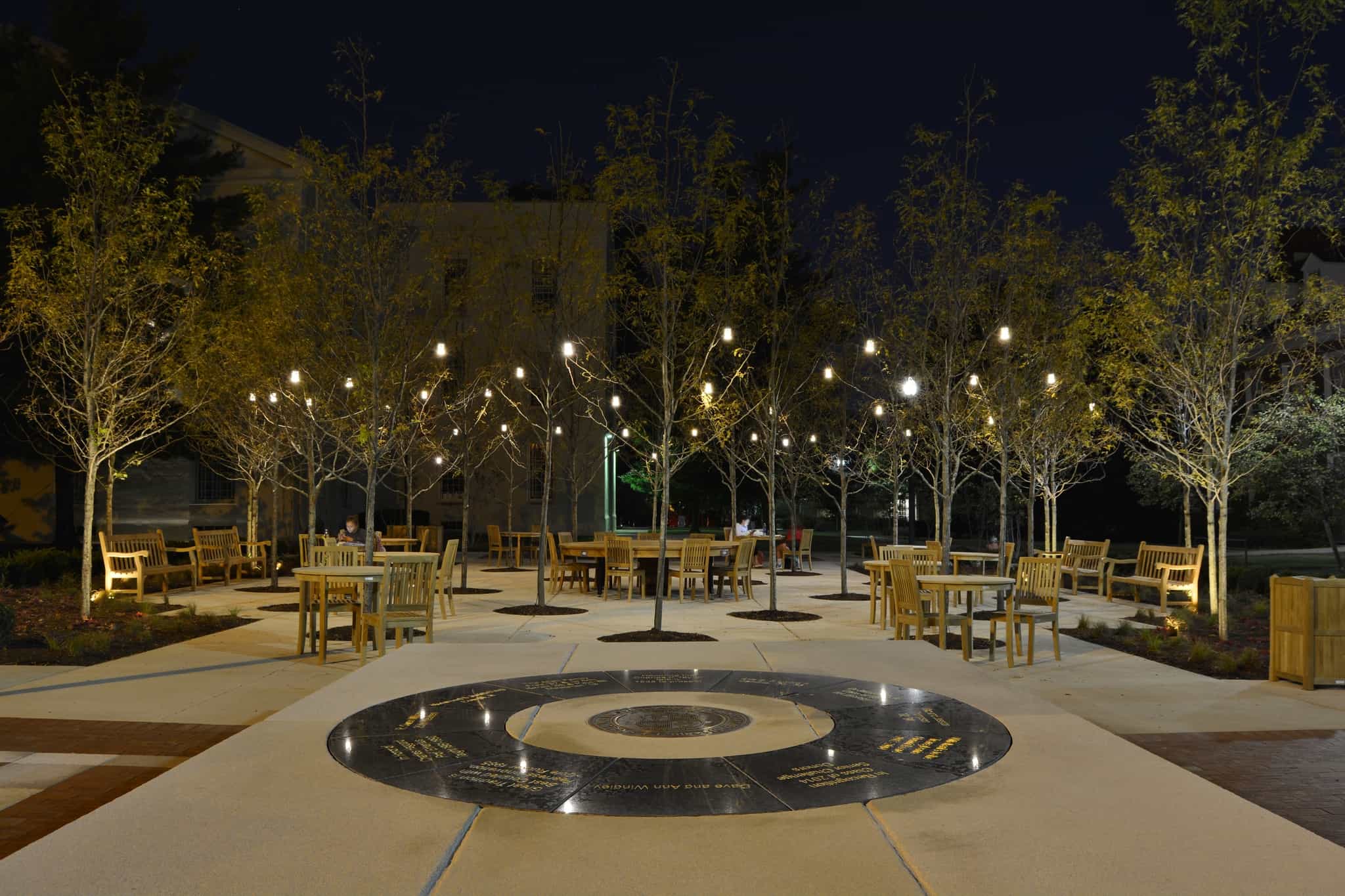Luminaires receive operating energy at voltage ranges from 120V to 600V AC. For safety and aesthetic reasons — in gardens or inside stairway balustrades or bollards, for example — low voltage lighting is preferred. The illumination of the pathway, for example, reduces risk to the community far more than the risk voltage presents. These installations typically operate at 12 to 50 volts direct current. Manufacturers bear much of the electrical safety burden; assuming the Owner installs and maintains the system correctly.
Faster than anyone will expect, interior building lighting will morph into low voltage systems because 1) the lower energy supply required by LED luminaires will make it possible to pipe that energy through low voltage cabling systems, 2) the pace of innovation we see in information and communication technologies will use those cabling systems for greater control of illumination systems.
We see these trends tracking in two sections of the 2020 National Electrical Code:
Article 300 Wiring Methods (Table 300.5)
Article 411 Low-Voltage Lighting
CLICK HERE for Free Access to the current 2023 Edition.
Comments on Public Input for the 2026 Revision will be received until 28 August 2024. Use workspace linked below:
CMP-9 Public Input with Committee Response
CMP-18 Public Input with Committee Response
Apart from integrating a new definition of “extra low voltage” into the NEC, Article 411 is a relatively quiet part of the NEC. Not so with Article 300 which is of great consequence to wiring manufacturers, among others.
We coordinate our advocacy in all education community electrotechnologies with the IEEE Education & Healthcare Facilities Committee which meets online 4 times monthly in both European and American time zones. We maintain low voltage lighting on the standing agenda of our Power and Bucolia colloquia. See our CALENDAR for the next online meeting; open to everyone.
Issue: [NFPA Workspace]
Category: Power, Illumination, Bucolia
Colleages: Mike Anthony, Jim Harvey (University of Michigan), Kane Howard, Glenn Keates (Michigan State University), George Zsissis (University of Toulouse)










